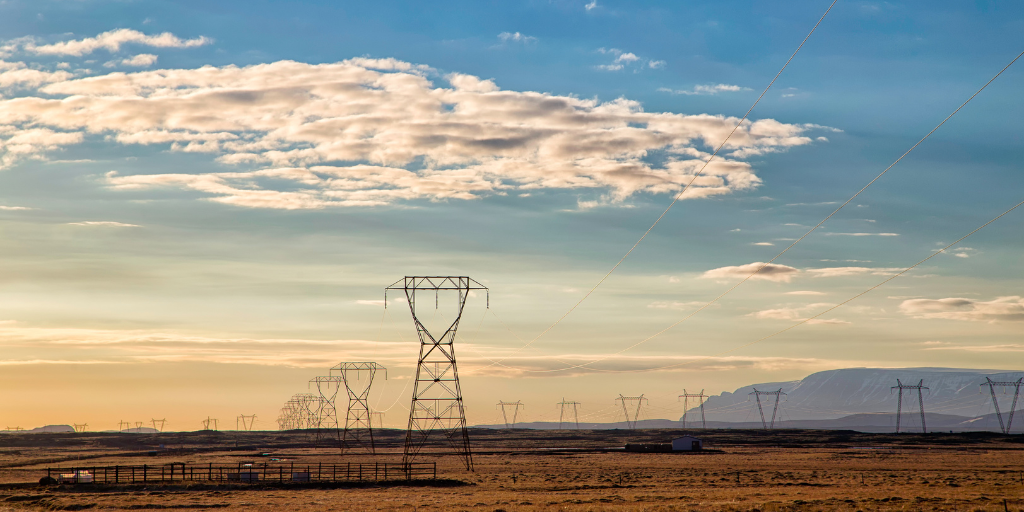This piece from TWW’s Greg Brophy first ran in The Gazette on February 5, 2023 and can be accessed here.
The North American power grid is a modern technological miracle: Almost 6,000 power plants and more than half a million miles of transmission lines, spanning the United States, Canada and parts of Mexico.
The size, scope and complexity of our grid is so vast, it’s often called “the world’s largest machine.” And like any machine, it requires maintenance, repair and upgrading over time.
But in recent years, power grid operators have also had to deal with something else: deliberate attacks on the electrical system. And it’s a threat that we need to take more seriously here in Colorado.
This issue gained fresh attention in December when gunfire crippled two electrical substations in Moore County, N.C. The attacks left 45,000 customers without power for days and forced critical local services, such as water systems and health care facilities, to generate their emergency power until the damage could be repaired.
In the words of one state official, the attackers turned a vibrant rural community into a “ghost town” for days. Many residents found conditions unlivable and fled the area, while those who remained were subject to public safety curfews.
Just before the North Carolina incident, the Department of Homeland Security issued a bulletin warning of increased chatter among domestic extremist groups about attacking the power grid. In fact, physical and cyber threats against the grid, from domestic and international actors, have been building for years.
In 2022, physical attacks and incidents of computer hacking against electrical infrastructure surged to their highest level in a decade, according to an analysis of federal incident reports by Politico.
A separate review of federal data also found that human-caused grid disturbances are a bigger threat in the Western U.S. and Western Canada than anywhere else in North America. The number of cases on the Western grid is up 46% since 2011, in fact.
So what can be done to thwart these efforts?
While there is a role for increased physical security, it’s clear that we cannot build a fortress around the power grid. It’s simply too large and too much a part of our daily lives for that kind of response.
Here in Colorado, however, the beginnings of a solution are starting to take shape.
To prevent attacks from succeeding, Xcel Energy is investing in technology upgrades and cybersecurity enhancements. In 2021, those investments totaled more than $100 million.
But Xcel is also exploring other ways to prevent attacks on the power grid, by changing the rules of the game. The state’s largest utility company is testing technology that will make the grid less centralized and therefore limit the impact of an attack or natural disaster in any single location.
The Community Resiliency Initiative is building “microgrids” in six locations that are designed to function independently if there’s a problem on the wider Xcel system. Using battery storage, the microgrids will keep electricity in reserve for homes and businesses during a natural disaster or a human-caused outage.
These steps are encouraging, but given the highly regulated nature of the grid, this is not a challenge that utility companies and power system operators can meet on their own.
For example: State legislators and regulators should explore ways to increase penalties for successful and attempted acts of electrical grid sabotage. Better still, they should also ensure that the security plans developed by utility companies receive closer scrutiny and are updated to match the heightened threats facing the grid.
But tougher penalties and enhanced security is only one side of the coin. Lawmakers and regulatory officials should also work with utility companies to speed up the modernization of the power grid, so that even successful attacks have little impact.
Microgrids are definitely part of the solution. But bigger and more diverse storage options for the larger grid are important too, such as the molten salt technology that Xcel is exploring as an option for the Hayden coal plant site in northwest Colorado.
Likewise, distributed energy sources — in the form of rooftop solar panels, hydrogen fuel cells, advanced geothermal systems and technologies that use waste heat from industrial processes to generate electricity — can play a much bigger role.
But often, the barriers to building a stronger, more resilient grid aren’t technological — they’re regulatory, legal and political. After all, most of the laws governing the electricity sector are based on what the power grid looked like in the mid- to late- 20th century.
But time doesn’t stand still, and neither should we. The world’s largest machine is due for a major tune-up, and the longer we wait, the more expensive it will get.
Greg Brophy of Wray is a farmer and former state senator. He is the Colorado director of The Western Way.


